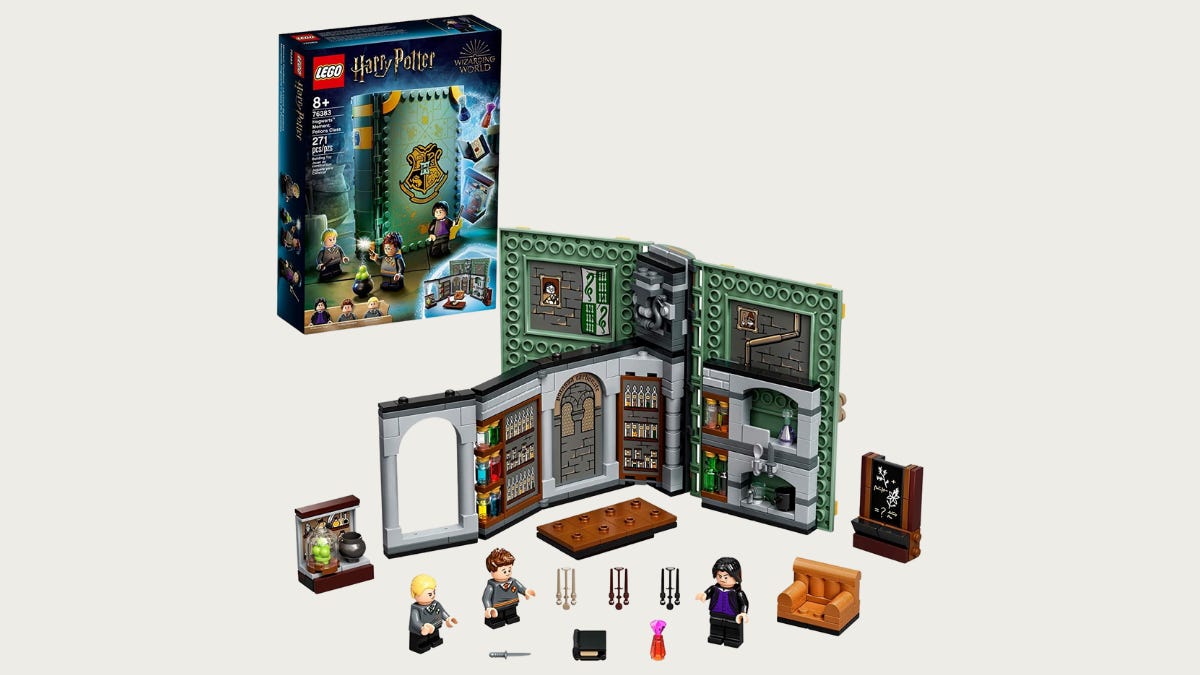Fab Fridays 59: The LEGO Analogy
Why Learning Shouldn’t Come With Instructions
LEGOs used to come in all colors and sizes, inside a large box with no instructions.
The blocks could become a village, a robot, or a dinosaur. Kids could make whatever they wanted in whatever manner they wanted.
They went through the process on their own.
But these LEGO boxes didn’t sell well, so the company tried another approach: selling LEGO kits.
Kits came with instructions plus a picture of what the end product should look like: a bouquet, a Harry Potter classroom, or a Transformer.
Parents bought these LEGO kits like crazy.
Good intentions, bad results
Here’s the problem: the kits completely remove creative thinking and imagination from the equation.
Like Derek Cabrera, PhD, points out, adults making the LEGO kits are the ones thinking creatively, while kids end up mimicking the picture on the box. Sure, the results look great (and make parents proud!) but LEGO kits end up teaching kids to follow instructions, leaving little room for creativity and imagination.
The LEGO example is a good analogy for what’s going on in our education system today.
Teachers and administrators over-engineer lesson plans and curriculums while students simply follow directions and formulas. The adults who create the lesson plans do the creative thinking, while kids end up bored and resentful.
When we specify exactly what a final assignment should look like, we underestimate students’ ability to think deeply. When we over-instruct and specify each step of the learning process, we limit kids’ agency and creativity. Most importantly, we leave students ill-equipped for the real world.
If we want a society of innovators and problem-solvers, we need an education system designed around creative thinking, not instructions.
Here’s how instruction-based learning compares to creative thinking:
Our education system is designed around instruction-based learning—a suboptimal way of learning that results in:
fewer opportunities for kids to practice creative, imaginative thinking
less excitement around learning as kids are limited to following instructions
lower self-esteem—kids start to believe they need the instructions because their creative instincts “aren’t good enough”
Scripted lesson plans and “paint-by-numbers” thinking is just not good enough.
We need to go back to the original LEGO philosophy—get out of the way and let kids create. Kids are naturals at figuring things out if we let them be. They might be confused and unsure at first, but these are good, motivating feelings that encourage them to break molds and reach their full potential.
At Synthesis, we embrace uncertainty and chaos. We expose kids to complexity and let them figure things out so they learn to think for themselves. We know kids are capable of much more than we think, so we put them in the driver’s seat and bring them in to design their own maps and simulations. And we certainly don’t tell them what the final product will look like (which means we’re constantly surprised).
Check out these incredible maps that some of our students designed for Constellation, one of our Synthesis simulations:
How cool are these?
When adults stop over-instructing, kids start thinking creatively and independently. As we ask kids to put more of themselves into learning, they’ll rise to the challenge and become more engaged and better prepared.
After all, life doesn’t come with an instruction booklet. It’s messy and unpredictable. To truly prepare kids for the real world, we need to give space for their imagination to shine. That means taking away instructions and making room for creativity.
Until next week,
Ana Lorena Fabrega










Through chaos comes order!!!!
@ Ana- How do we make kids think differently than what they have been exposed to since childhood. Somewhere this exposure becomes a reference point.